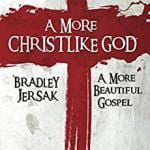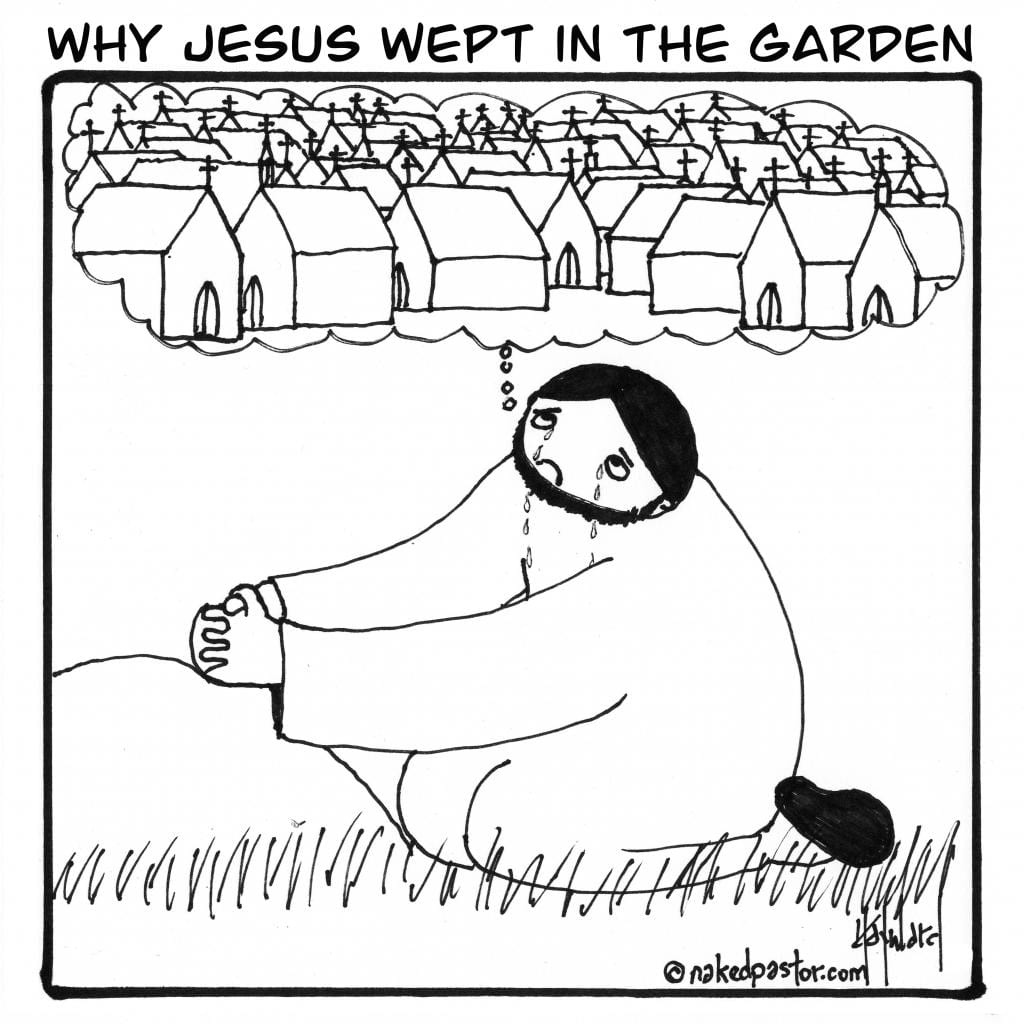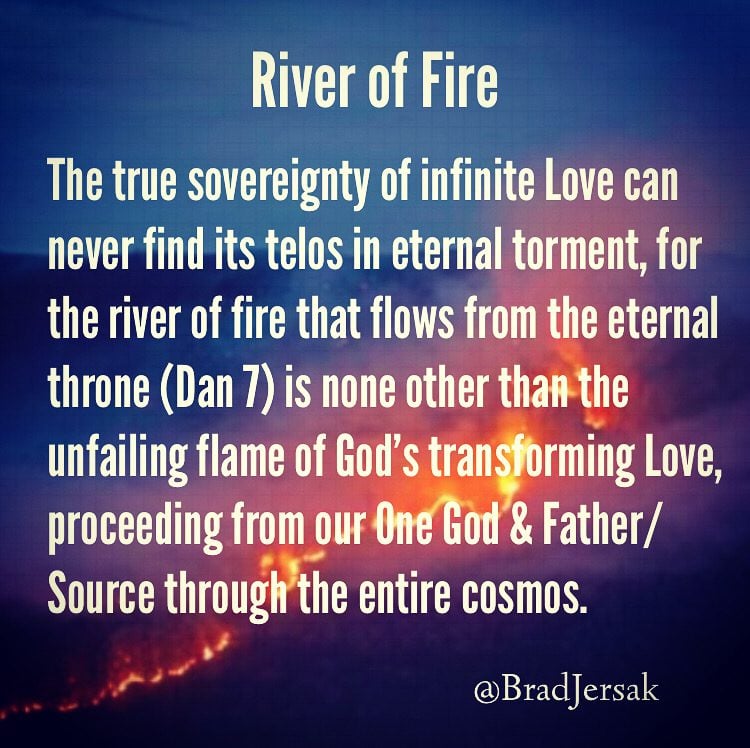“Humble yourselves in the sight of the Lord, and He will lift you up.”
James 4:6-8, 10
Embodied Worship
Among the unknown losses I experienced as a young Protestant was embodied worship. While we would certainly deny that our theology was gnostic, in many ways our disembodied worship betrayed us. With the exception of camp “action choruses,” we worried that any bodily movement might become either too worldly (if it strayed too close to dance) or too religious (if it reminded us of the Catholics). Even the “stand-up/sit-down” choruses were eventually banned at the Bible camp I attended because the provincial director noticed too many bouncing breasts. I’m serious.
The churches I first attended were often an exercise in sensory deprivation: nothing to look at, nothing to smell, nothing to touch, nothing to taste … and squirming of any kind was particularly forbidden. “Sit still” was our highest moral value. The music could be very beautiful but the impulse to sway to Gaither music was always held suspect or at best, felt like a guilty pleasure.
The charismatics, on the other hand, would break those taboos, first with hand-raising, then dance, then a range of manifestations and later, what we called “prophetic acts,” where we emulated Old Testament prophets like Ezekiel by bodily miming the Lord’s message. All of these physical acts were now regarded as spiritual, though when unbridled, became excessive. At least by the time we began worship moshing, the Lord had mercifully created sports bras.
When I moved East in my Christian theology and practice, what struck me most was the sensuality of worship. Worshipers liberally kissed a heavenly host of brightly coloured icons, sneezed at the wafting incense, fondled their beeswax candles and drank actual wine infused with bread floaties. The sacramental worship was entirely embodied as the Spirit infused the elements with meaning and spiritual reality … including our own bodies, living icons of the image of God. All our actions become spiritually significant, whether standing, sitting, kneeling or moving. Most foreign to me were the prostrations, especially since they were very similar to Muslim prayer … so I’d like to interpret them for my Western readers.
Biblical Prostration as Embodied Worship
The type of prostration I’m referring to involves kneeling, then bowing one’s forehead to the ground before rising again. Before I say what it means, I’ll begin with the fact that it is an ancient near eastern custom that probably predates Judaism and Christianity but was integral to both and found throughout the Scriptures:
- Abram prostrates himself before God (Gen. 17:3).
- Moses and Aaron prostrated themselves before the Lord at the tent of meeting (Num. 20:6).
- David called the assembly to prostrate before God (1 Chron. 29:20).
- The wise men fell prostrate before the child Christ when they finally found him (Matt. 2:11).
- The disciples instinctively fell prostrate before Christ as his transfiguration (Matt. 17:6).
- Christ prostrated himself to pray to the Father in Gethsemane (Matt. 26:39).
- The women fall prostrate before the risen Christ on Easter morning (Luke 24:5).
- he angels and the elders prostrate themselves before the throne of God in heaven (Rev. 3-4 and 7).
And so on … CLICK HERE to see a list of 33 key instances where prostration embodied the most appropriate response to the presence of the living God. If your question is, “Is prostration ‘biblical’?” then there’s not much doubt. Is it prescribed? Not exactly, but it’s a completely natural, instinctive and inevitable act of embodied worship for those who seek, acknowledge and/or experience the presence of the living God. Is it an empty act of religiosity for show? Religious acts don’t empty faith of its meaning. People do. Anyone can become a vessel of empty religiosity, whether in prostration or in judgement of someone who prostrates. Certainly imagining that you are above prostrating yourself before Christ is not proof that you’re spiritual … but as I’ve suggested, it may be neo-gnostic.
What Does Prostration Embody?
But let’s not just mimic embodied worship mindlessly. What does prostration represent?
1. Prostration embodies repentance.
I think you can work out prostration as repentance yourself. Most children get it quite easily. Even as a Baptist child, I offered up my first private prostration in humility and repentance the first time I thought I had been left behind in “the rapture.” Nothing came more naturally for this dispensationalist adolescent convinced he was about to face “the Great Tribulation,” the Antichrist and Armageddon on his own! Prostrations were not a habitual ritual in my tradition, so where did that come from? Was it the sheer, pleading terror of my soul? Or had I seen it in a fear-mongering Chick comic? Probably both in combination.
That occasion was rooted in toxic eschatology, but can we also imagine prostrations as a posture of heartfelt, authentic repentance? I have early memories of witnessing my dad in prostration during a Baptist “Prairie Revival” altar call. From my perspective, it was not just for show—it was his body-in-motion in sync with a lasting inner transformation. Nothing to be despised for sure.
2. Prostration embodies humility.
Prostrations also emulate Christ in his humility (Phil. 2), an opportunity to experience God’s nearness to us (Isa. 57:15; 66:2), for the all-merciful One IS by nature humble and lowly of heart (Matt. 11:29).
Muslims, too, understand this truth in their worship practice. Muhammed ﷺ is quoted as saying, “The nearest a servant comes to his Lord is when he is in prostration.”
On a side-note, Islam also insists that prostrations are a way to pray anywhere, when no mosque, temple or church building are available. As Jesus said,
… the time is coming—it has, in fact, come—when what you’re called will not matter and where you go to worship will not matter. It’s who you are and the way you live that count before God. Your worship must engage your spirit in the pursuit of truth. That’s the kind of people the Father is out looking for: those who are simply and honestly themselves before him in their worship. –John 4:23-24 MSG
But don’t mistake “in spirit and in truth” for “disembodied and abstract.” Yes, some make their worship acts a hypocritical public spectacle. The point, though, is that even private prostrations in one’s closet count before God if the heart is right. But are they necessary?
3. Prostration embodies worship.
The fathers and councils of the ancient faith DID prescribe prostration as an important discipline in worship along (along with reading Scripture, crossing oneself and praying to the east), along with important specific restrictions to it. CLICK HERE for some detailed old-time instructions.
For example, to this day, during the season of Lent, Orthodox believers do prostrations as they recite the prayer of St. Ephraim, which invokes the Lord’s deliverance:
O Lord and Master of my life, deliver me from the spirit of idleness, despair, lust of power, and idle talk.
But give rather the spirit of chastity, humility, patience, and love to Thy servant.
Yea, O Lord and King, grant me to see my own transgressions, and not to judge my brother, for blessed art Thou, unto ages of ages. Amen.
It’s not that we don’t believe we’re forgiven or that we think we need to grovel before God. Rather, we bow to ask for God’s empowering grace to deliver us from these very real, everyday struggles that are so common to the human condition. And we rise from the prostration to signal our willingness to walk in newness of life, following Christ on the Jesus Way. We’re also preparing our hearts to celebrate the death and resurrection that has saved us in truth and is saving us in practice.
Prostration, Death & Resurrection
4. Prostration identifies with Christ’s death & resurrection.
On the other hand, Basil the great and some of the canons also put certain restrictions on prostrations. In a letter to the Blessed Amphilochius, Basil reminds us that we are NOT merely God’s servants but rather, his sons and daughters, so servile adoration is not proper. And the first and fifth ecumenical councils forbade kneeling and bowing on regular Sundays and during feasts since they are celebrations of our spiritual adoption in Christ and his victory over death. They call us to stand, heads up, eyes open, in the joy of Christ’s resurrection and ours. This leads me to the most important element of Christian prostration, which I suspect most practitioners overlook.
For Christians, each prostration is a prophetic act of identification with Christ’s death and resurrection, a repeatable act echoing our baptism. We bow low into the grave and rise again with Christ, not unlike Paul’s assertion that “I am crucified with Christ, nevertheless I live” or “I die daily.” NOTE: The prostration does NOT end on the ground. It is only complete when we rise to our feet again in thanksgiving. Then we are remembering our once-for-all recreation in Christ and the reality of our daily renewal in fresh mercy. It is an embodied portrayal of letting go of the past and rising to the grace of the day, where every prostration marks our death to egoism and a YES to resurrection life in the here and now.
Prostration as Cruciform Emulation
5. Prostration is a willing yes to our theosis.
Theosis is a word we use to describe our participation in the divine nature (2 Peter. 1:4), our glory-to-glory transformation into the image of Christ (2 Cor. 3:18). Since prostration is an act of repentance, humility and worship, we might mistake it as emphasizing our self-effacement before the transcendent glory of almighty God. But wait … is it not rather an act of kenosis (self-emptying humility) that emulates the cruciform nature of God unveiled in the Person and Passion of Christ? Are we not MOST like God, MOST embodying the divine nature when we prostrate ourselves—body, soul and spirit—as Christ did in his Incarnation? His descent and ascent are the grand prostration par excellence … and so each prostration becomes an identification with and emulation of Christ.
But this is true only if the prostration matches our real-life commitment to doing justice, loving mercy and walking [living] humbly before our God (Micah 6:8). Isaiah 58 warns us that prayer and fasting and bowing detached from mercy and justice are offensive to God. This is not to say that prayer and fasting and prostrations are worthless—but they too must be embodied by love of neighbor and stranger, the imprisoned, the sick and the poor.
So, is embodied worship really just dead religiosity? Hardly. Are prostrations nothing more than acts of empty ritualism? Not when they express true humility of heart. Do they add anything to our faith practice? Yes, whenever they are filled with cruciform intent and a spirit of worship.
I’d invite you to experiment by praying with St. Ephraim daily for a month, with a prostration before and after. Test it in two ways: note how it impacts your ego. And see what fruit comes from short-term consistent practice. Or don’t. If your heart isn’t in it … you might ask why not.












